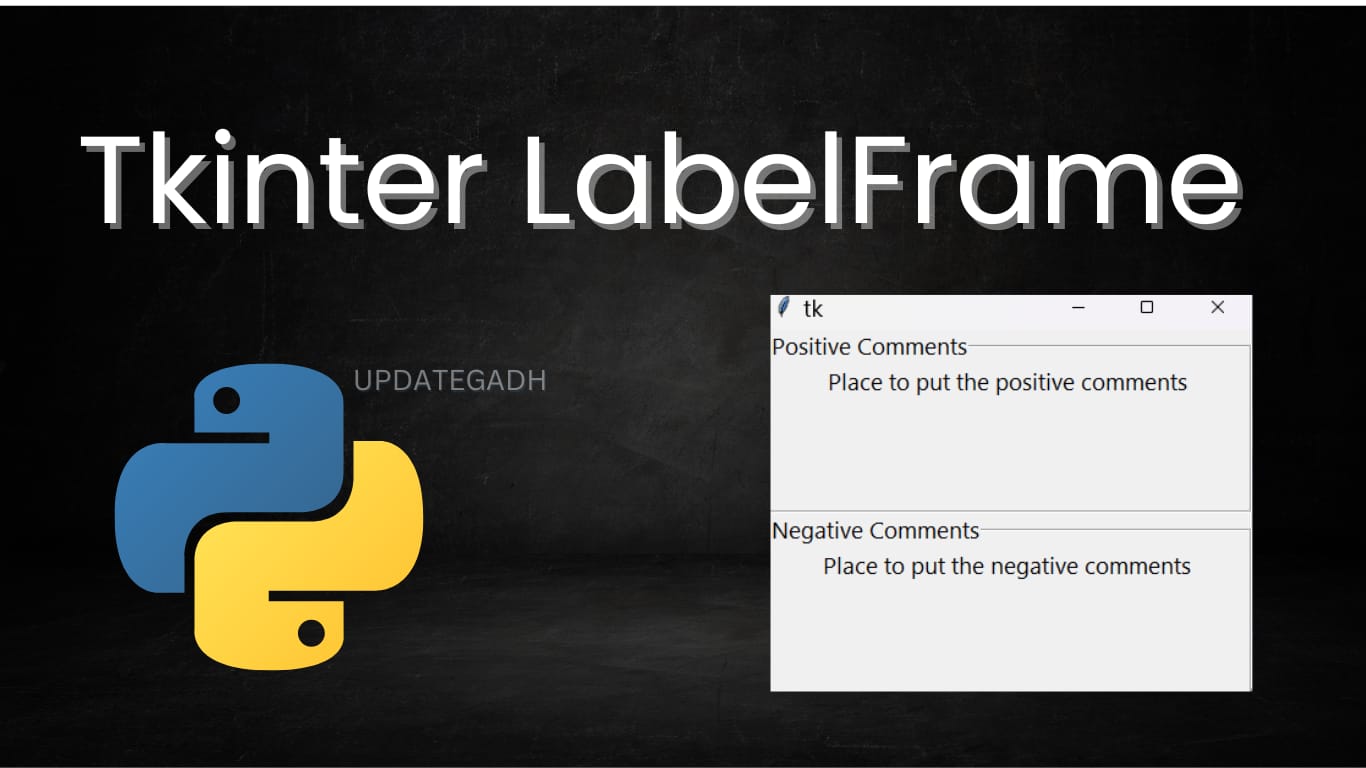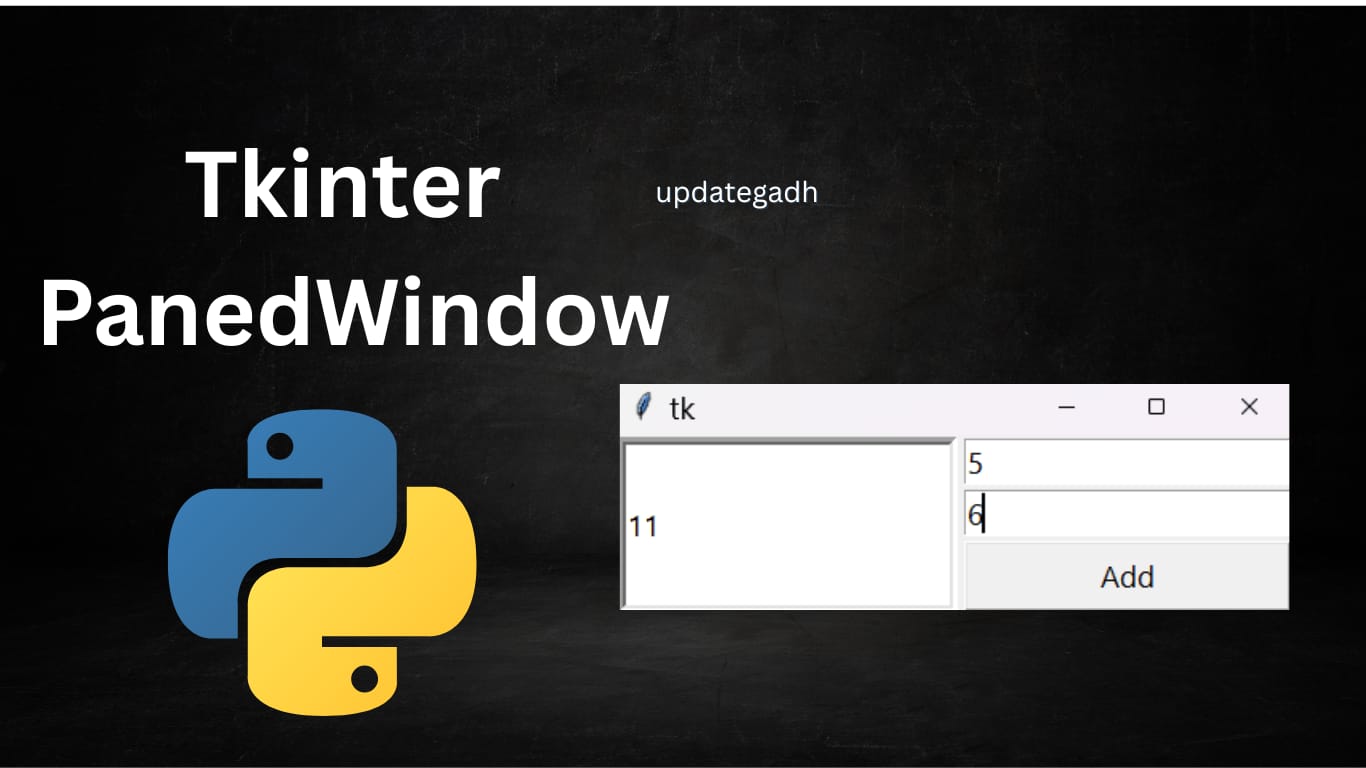
Abstraction in Python: Simplifying Complexity
Abstraction in Python
Abstraction is a fundamental concept in Python programming that simplifies complex systems by hiding their internal workings from the user. Instead of delving into how something is implemented, abstraction allows users to focus solely on what a function or method does.
Complete Python Course with Advance topics:- CLICK HERE

What is Abstraction?
In simple terms, abstraction is about concealing the intricate details of a process while presenting its essential features to the user.
Consider a smartphone:
You know how to click photos, record audio, or make calls. However, you don’t need to know how these features work behind the scenes. Similarly, using a TV remote, you press the “+” button to increase the volume, but you aren’t concerned with the internal mechanism that makes this happen.
In object-oriented programming, abstraction works the same way—it allows developers to hide implementation details while exposing only the required functionalities.
Why is Abstraction Important?
- Simplifies Code: Abstraction reduces complexity by focusing on what a method does rather than how it achieves the result.
- Promotes Efficiency: By exposing only relevant data and functionalities, abstraction enhances application performance.
- Standardizes Design: Abstract classes act as blueprints for other classes, ensuring consistency across large projects.
In Python, abstraction is primarily achieved using abstract classes and interfaces.
Abstract Classes in Python
An abstract class is a class that contains one or more abstract methods—methods that have no implementation. Abstract classes are used as blueprints and must be inherited by other classes where their abstract methods are defined.
Python provides the abc module (short for Abstract Base Classes) to implement abstraction. The ABC class within the module serves as the foundation for creating abstract classes. Abstract methods are declared using the @abstractmethod decorator.
Syntax for Abstract Classes:
from abc import ABC, abstractmethod
class ClassName(ABC):
@abstractmethod
def method_name(self):
pass
Working with Abstract Classes
Abstract classes allow developers to define a standard interface for a group of subclasses, ensuring a consistent implementation pattern across different components. Let’s explore how this works through examples.
Example 1: Abstract Class for Cars
# Abstract Class Implementation
from abc import ABC, abstractmethod
class Car(ABC):
@abstractmethod
def mileage(self):
pass
class Tesla(Car):
def mileage(self):
print("The mileage is 30kmph")
class Suzuki(Car):
def mileage(self):
print("The mileage is 25kmph")
class Renault(Car):
def mileage(self):
print("The mileage is 27kmph")
class Duster(Car):
def mileage(self):
print("The mileage is 24kmph")
# Driver Code
t = Tesla()
t.mileage()
r = Renault()
r.mileage()
s = Suzuki()
s.mileage()
d = Duster()
d.mileage()
Output:
The mileage is 30kmph
The mileage is 27kmph
The mileage is 25kmph
The mileage is 24kmph
Explanation:
Here, the Car class is an abstract class containing the abstract method mileage(). Each subclass implements the mileage() method differently, showcasing the power of abstraction to maintain flexibility in method definitions.
Example 2: Abstract Class for Polygons
# Abstract Class for Shapes
from abc import ABC, abstractmethod
class Polygon(ABC):
@abstractmethod
def sides(self):
pass
class Triangle(Polygon):
def sides(self):
print("A Triangle has 3 sides")
class Pentagon(Polygon):
def sides(self):
print("A Pentagon has 5 sides")
class Hexagon(Polygon):
def sides(self):
print("A Hexagon has 6 sides")
class Square(Polygon):
def sides(self):
print("A Square has 4 sides")
# Driver Code
t = Triangle()
t.sides()
p = Pentagon()
p.sides()
h = Hexagon()
h.sides()
s = Square()
s.sides()
Output:
A Triangle has 3 sides
A Pentagon has 5 sides
A Hexagon has 6 sides
A Square has 4 sides
Explanation:
The abstract class Polygon defines the abstract method sides(). Each subclass implements this method uniquely, illustrating how abstraction allows subclasses to define specific behaviors while adhering to a common interface.
Key Points to Remember
- Abstract Classes and Methods: An abstract class can have both normal methods and abstract methods.
- Instantiation: Abstract classes cannot be instantiated directly.
- Encapsulation with Abstraction: Abstraction complements encapsulation by hiding implementation details.
- Use Cases: Abstract classes are invaluable when working with large projects, where consistency and standardization across classes are essential.
Advantages of Abstraction in Python
- Reduces Complexity: By hiding unnecessary details, abstraction simplifies the codebase.
- Improves Maintainability: Abstract classes and methods create a robust structure, making the code easier to update and maintain.
- Enhances Code Reusability: Abstract classes can be reused as blueprints for creating new classes.
| Python Inheritance: A Deep Dive |
https://updategadh.com/python/python-inheritance/ |
| Python Classes and Objects: A Guide to Mastering Object-Oriented Programming |
https://updategadh.com/python/python-classes-and-objects/ |
| Python Classes and Objects: A Guide to Mastering Object-Oriented Programming |
https://updategadh.com/python/python-classes-and-objects/ |
| Python OOPs Concepts: A Complete Guide |
https://updategadh.com/python/python-oops-concepts-a-complete-guide/ |
| Finding the Second Largest Number in Python |
https://updategadh.com/python/finding-the-second-largest-number/ |
Download New Real Time Projects :-Click here
encapsulation in python
polymorphism in python
abstraction in python example
abstraction in python w3schools
abstraction in python oops
data abstraction in python
types of abstraction in python
difference between encapsulation and abstraction in python
inheritance in python
oops in python
abstraction in python pdf
abstraction in python geeksforgeeks







Post Comment